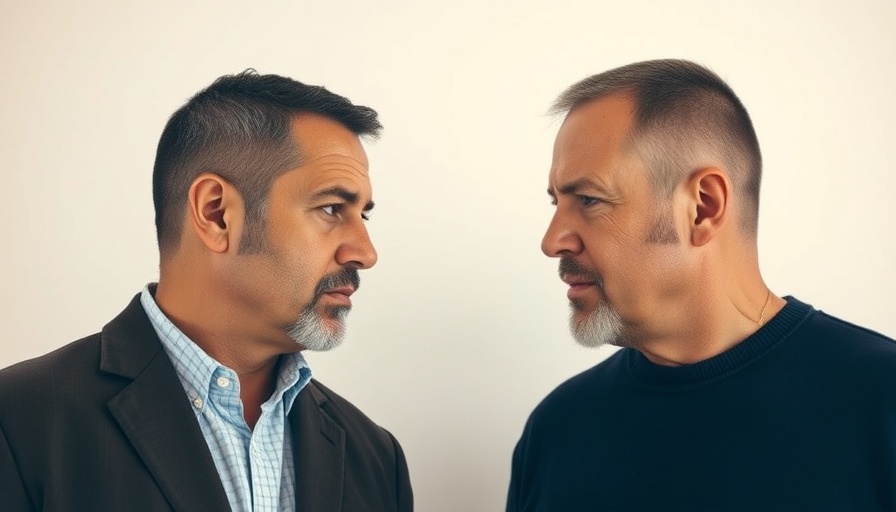
The Ambitious Vision Behind *The Prisoner*
In the context of 1960s television, *The Prisoner* was unlike anything audiences had seen. The blend of existential queries and surreal storytelling captured the spirit of the time when shows like *The Twilight Zone* and *Star Trek* were pushing the boundaries of conventional narratives. However, Patrick McGoohan's cryptic series raised the stakes even higher, inviting viewers not just to watch but to ponder profound societal questions about personal autonomy, conformity, and the nature of control.
Why Audiences Struggled with *The Prisoner*
The series follows a secret agent known only as Number Six, who finds himself trapped in a mystery-laden village where individuality is stripped away. The central premise—"I am not a number; I am a free man!"—creates an immediate psychological engagement with viewers. However, as McGoohan continued to throw bizarre twists and a myriad of nonsensical elements into the narrative, audiences began to feel lost. The expansion from a palatable narrative to an abstract labyrinth alienated many who tuned in expecting a straightforward espionage thriller.
Power Struggles in Creation
The interplay between McGoohan’s visionary storytelling and the network’s conventional expectations led to tensions during the show’s production. Originally envisioned as seven episodes, McGoohan ultimately produced 17, with the later entries spiraling into an increasingly chaotic mix of themes and genres. While The Prisoner was a cutting-edge dystopian drama, it also functioned as a commentary on the struggles of artistic integrity against commercial demands. The show’s tonal shifts may have alienated some but underscored McGoohan’s assertion of creative freedom against a backdrop of network pressure.
End of the Line: A Controversial Finale
No discussion of *The Prisoner* can overlook its infamous finale. Titled "Fall Out," the last episode eschewed narrative closure in favor of a whirlwind of cryptic imagery and symbolism, leaving viewers baffled. Such a grand deviation from expectation led fans to feel abandoned and betrayed. It was a fitting, albeit disconcerting, testament to the series' themes of uncertainty and control, but it sent many running in the opposite direction. McGoohan himself reportedly retreated from public life in response to the backlash, highlighting the often unpredictable nature of artistic expression and audience reception.
The Legacy of *The Prisoner*
Despite its initial struggles and mixed critical reception, *The Prisoner* has gained a cult following, as well as renewed interest in contemporary discussions around surveillance and personal freedom, echoing much of the societal discontent we face today. Today, it stands as an important part of television history, demonstrating both the power and peril of creative risk-taking. Its legacy is reflected in many modern series that explore similar themes of identity, autonomy, and societal oversight.
Lessons for Creators Today
The challenges faced by McGoohan and *The Prisoner* resonate beyond the realm of television production; they echo in various creative industries. As artists grapple with demands for marketability and viewer satisfaction, the balance between authenticity and audience expectation remains ever crucial. Emerging creators must understand that while engaging audiences is necessary, remaining true to one's vision can lead to profound artistic innovation. The backlash faced by *The Prisoner* showcases the risks inherent in creative expression, yet those very risks can pave the way for groundbreaking narratives that resonate long after their initial airing.
Final Thoughts on Innovation
Ultimately, *The Prisoner* invites creators and viewers alike to reflect on themes of control, autonomy, and the pursuit of truth in a world rife with uncertainties. It compels us to ask where we draw the line between artistic creativity and audience expectation. As such, its impact endures, urging today's creators to forge new paths, even when faced with the prospect of alienating their audiences.
By embracing the balance between vision and viewer engagement, artists can inspire without compromising their ideals. Delving into the history of *The Prisoner* not only enriches our understanding of past television narratives but also illuminates pathways toward a more introspective and innovative creative landscape.
 Add Row
Add Row  Add
Add 




Write A Comment